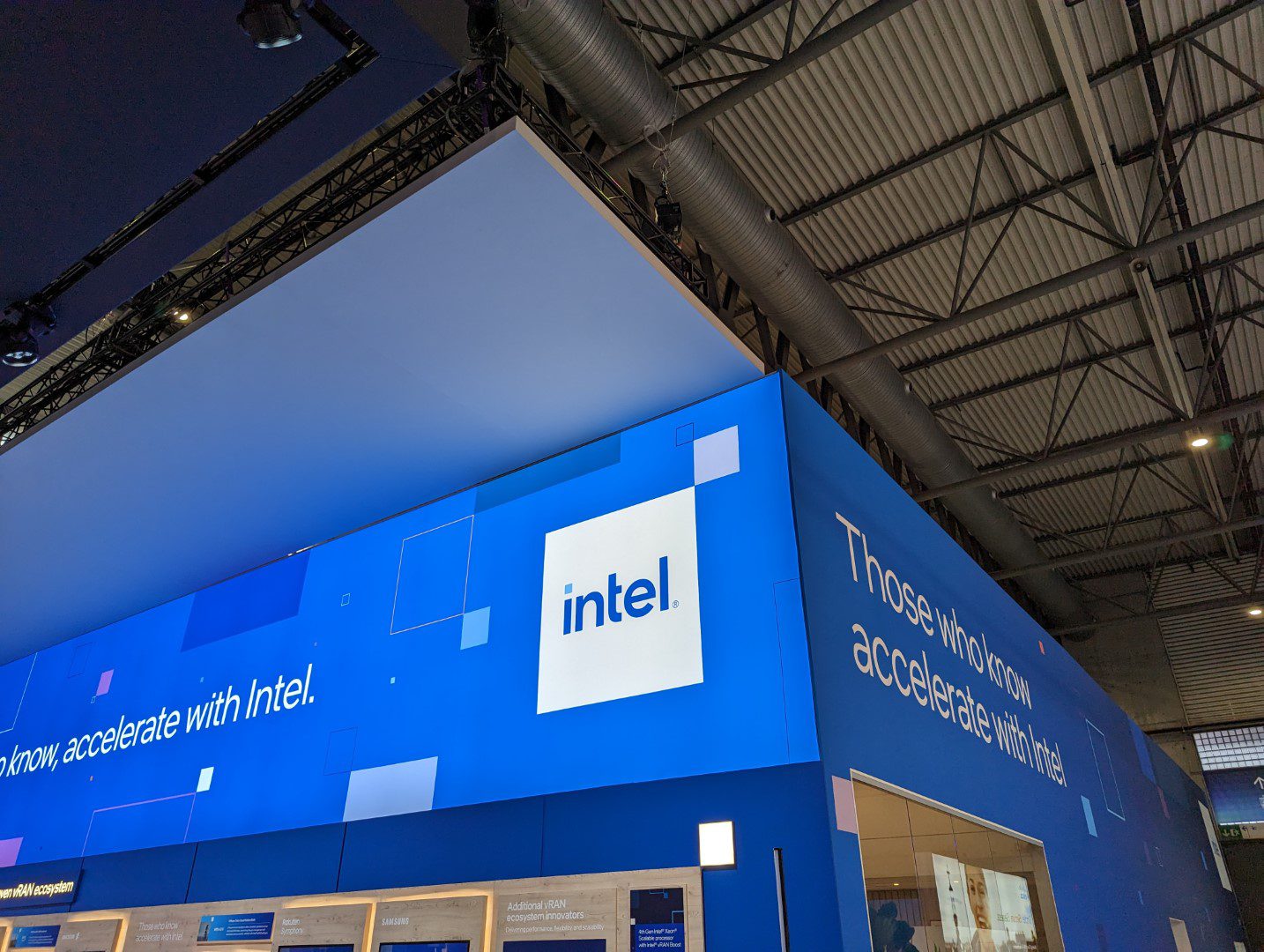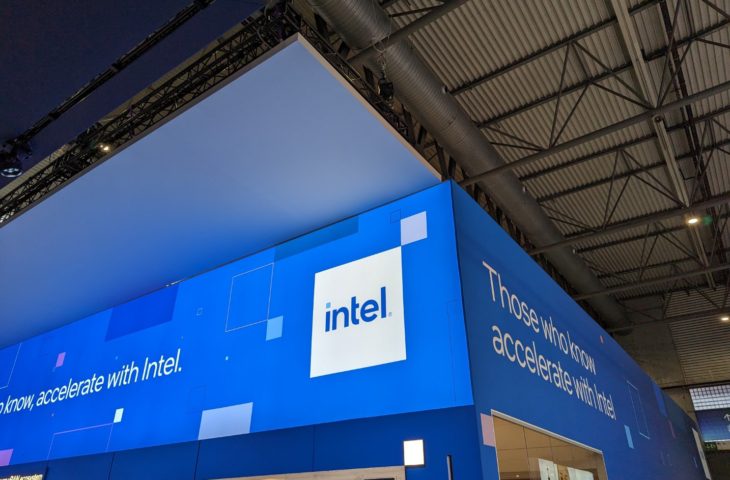Intel is in the corner where the punches fall
- April 28, 2023
- 0
Chip giant Intel has released one of its worst earnings reports ever. But the company has been in difficult waters for some time. Can Intel turn the tide
Chip giant Intel has released one of its worst earnings reports ever. But the company has been in difficult waters for some time. Can Intel turn the tide


Chip giant Intel has released one of its worst earnings reports ever. But the company has been in difficult waters for some time. Can Intel turn the tide again?
Intel last night announced its financial results for the first quarter of 2023, which have been awaited with great interest by analysts. Intel’s numbers have been disappointing for several quarters, and the new year doesn’t mean a fresh start. Intel posted the largest quarterly loss in its history: $2.8 billion.
The decline in sales is also a cause for concern. With quarterly sales of 11.7 billion dollars, many companies would blindly sign up, in the case of Intel that means a slump of 36 percent in one year. Sales revenue hit the lowest level since 2010, the Wall Street Journal concludes.
Every company sometimes has a minus quarter, but at Intel you can no longer speak of a slump. It’s the fifth consecutive quarter that the company’s revenue has fallen. Will Intel Recover? For the chip giant of yesteryear, there is light at the end of the tunnel.
Intel is also primarily a victim of unfavorable macroeconomic conditions. The PC industry was hit hard in 2022 and 2023 will not bring an immediate improvement. However, that trend came: 2020, and 2021 in particular, were exceptional years for PC makers as many employees were forced to stay at home and needed new devices to work from home. This need is now much lower and due to rising inflation, consumers and companies prefer to postpone expensive purchases if they are not urgently needed.
In concrete terms, this means for Intel that sales in the area of client computing responsible for PC chip production have fallen by 38 percent. This has been Intel’s biggest cash cow for years. But this time around, other businesses that have proven more resilient in recent quarters are also dragged down with it. The data center business brought in 39 percent less and the network division 30 percent. And so you can add up to 36 percent less income together.
Intel can only hope that the PC market will recover from the slump in order to recover revenues. Analysts are cautiously optimistic that demand for laptops could pick up again by summer or fall. They are already lighting a candle at Intel for this.
Still, it would be too easy an excuse for Intel to blame everything on unfavorable macroeconomic conditions. Intel was once the only reference in the PC industry: This dominance earned the company the nickname “Chipzilla”. But in recent years, the aura of invulnerability has been increasingly eroded by the rise of competitors like AMD and ARM.
As we regularly note in our analyses, AMD’s processors have caught up and even surpassed Intel’s. The manufacturers are not blind to this, which is why laptop brands are increasingly offering an AMD configuration in addition to an Intel configuration for new models. The love between Intel and PC makers eventually turned out to be non-exclusive.
In addition, Arm is also trying to make the leap into the PC industry. The British company has already tricked Apple into using its architecture to build the M chips, and Apple has now shut down Intel entirely as well. The move to Windows, the Intel lion’s den, is not entirely smooth for Arm.
You’d think Intel got the proverbial kick in the butt, but the chipmaker keeps pushing its own deadlines, so new chips are sometimes obsolete before they even hit the market. Intel has thought of itself as immortal for years and therefore lulls itself to sleep. With the competition rushing ahead, Intel woke up too late and is lagging behind.
Intel doesn’t stand still. The chip company is investing heavily in more factories to increase production capacity. In addition to factories in the USA, Intel also has a location in Germany in mind. The construction plans for the factories in Magdeburg are currently being delayed due to a subsidy discussion.
Not only is this extra capacity used to produce more and faster chips for mass sale, Intel also wants to make chips for other companies, much like TSMC is doing for Apple, for example. Such deals can net Intel many additional millions to billions of dollars. The factories will cost a lot of money in the coming years and that will also be reflected in the numbers for some time to come, the factory in Germany alone is estimated at twenty billion euros, but Intel hopes to pay back these investments many times over in the next few years in the long term
Pat Gelsinger, who has been CEO for three years, therefore remains optimistic. He was brought on board in early 2021 to breathe new life into the company. Gelsinger knew only too well that his task would be long. “We have reached key milestones in our data center roadmap and demonstrated the health of the supporting process technology. While we remain cautious on the macroeconomic outlook, we are focused on what we can control to capture the trillion-dollar market opportunities ahead,” Gelsinger said in a typical CEO speech.
However, the market still seems to believe in Intel and Gelsinger. Despite the poor results, Intel made a leap forward in the stock market. So it’s far from too late for Intel to turn the tide. But then you have to turn the steering wheel at the right moment. Intel can no longer afford to sit still.
Source: IT Daily
As an experienced journalist and author, Mary has been reporting on the latest news and trends for over 5 years. With a passion for uncovering the stories behind the headlines, Mary has earned a reputation as a trusted voice in the world of journalism. Her writing style is insightful, engaging and thought-provoking, as she takes a deep dive into the most pressing issues of our time.